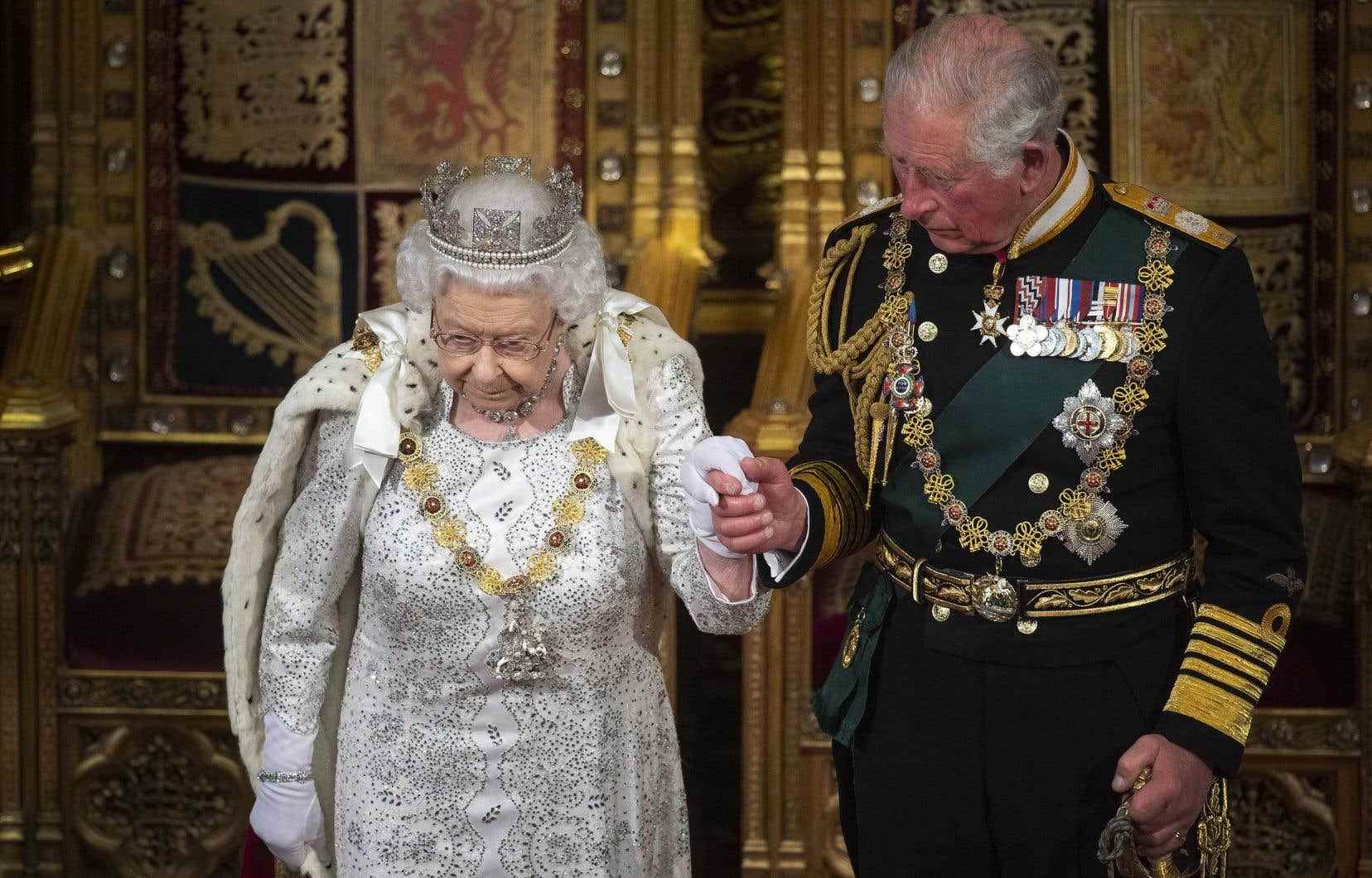After the death of his mother Queen Elizabeth II, Charles inherited the Throne but also his private fortune, a colossal heritage that he would receive without having to pay inheritance tax, a privilege reserved for royal successions.
What did the queen own? While nothing requires British monarchs to reveal their private finances, she was at the head of a personal fortune of 370 million pounds in 2022 (560 million Canadian dollars) according to the Sunday Timeswhich is 5 million more than the previous year.
Buckingham Palace, the royal London residence, and Windsor Castle, about thirty kilometers west of the capital, are state properties, but Balmoral Castle, the royal family’s summer resort, and the residence of Sandringham, where the royal family traditionally celebrates the end of year celebrations, were they properties of the monarch and will be bequeathed to Charles.
The Queen also owned a large stock portfolio and a royal stamp collection estimated to be worth 100 million pounds ($151 million), according to the authors of the 2021 Rich List. Times.
The Queen’s fortune comes on top of Charles’ personal fortune, estimated at 87 million pounds ($130 million) by the site celebritynetworth.com.
The famous Crown Jewels, valued at some 3 billion pounds ($4.5 billion) symbolically belonged to the Queen and are automatically passed on to her successor.
Prince Philippe, husband of Elizabeth, left a more modest estate of 30 million pounds (45 million Canadian dollars) when he died in April 2021, according to celebritynetworth. He notably owned a collection of paintings and 3,000 works, most of which would have been bequeathed to friends and family.
Duchy of Lancaster
Upon becoming king, Charles inherits the Duchy of Lancaster, owned by royalty since the Middle Ages, which in the fiscal year ended in March had generated 24 million pounds ($36 million) in private income for the British monarch.
“Lancaster’s money belongs to the Sovereign, King or Queen, by virtue of their position,” says David McClure, author of a book on royal finance.
Charles, on the other hand, loses the Duchy of Cornwall, which goes to the eldest son of the monarch and generates around 21 million pounds ($31 million) a year. “It will go directly to (Prince) William,” McClure said.
Charles also benefits from an annual allocation (“sovereign grant”) from the Treasury, set at 15% of the income from the Crown’s assets, the “Crown Estate”, which includes land, but also a colossal wind farm, among others, and whose receipts have been returned to the Public Treasury since a law of 1760.
This allocation had reached 86.3 million pounds ($130 million) for 2021-2022, taking into account a substantial extension for the renovation of Buckingham Palace granted for ten years (34.5 million pounds or $52 million at title of 2021-2022).
The “sovereign grant” makes it possible to finance the expenses related to the official activities of representation of the sovereign or the members of his family, in particular the salary of the staff, the maintenance and the cleaning of the palaces, the official trips as well as the receptions.
Royal estate
If most of the queen’s wealth is passed on to Charles without inheritance tax, it is thanks to an exemption dating back to 1993 that is supposed to prevent that if several monarchs were to die within a few years of each other, the king’s heritage or queen disappears, being reduced by 40% with each inheritance.
“Private assets such as Sandringham and Balmoral have both official and private use,” the finance ministry further explains, adding that the monarchy must also “have a degree of financial independence from government in square “.
But this advantage is limited to transmissions between a sovereign and his successor. “It is likely that the Queen will leave a will and that small sums” will go to close family members, “but not the bulk of the wealth”, which will go to Charles, assures David McClure.
